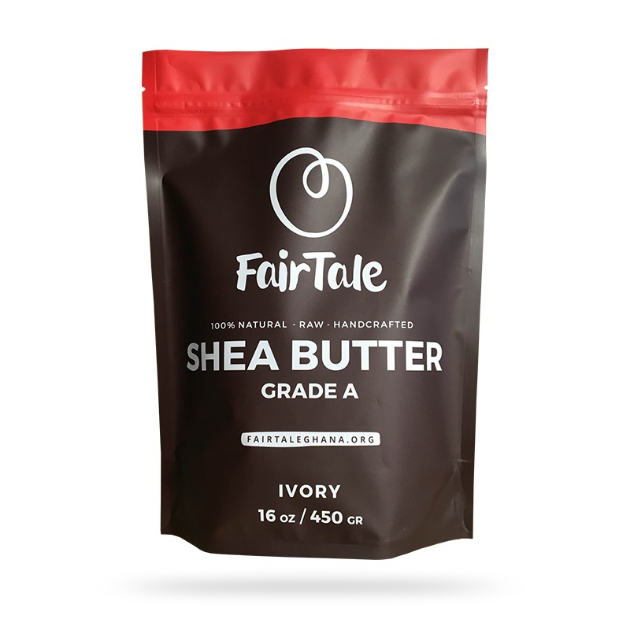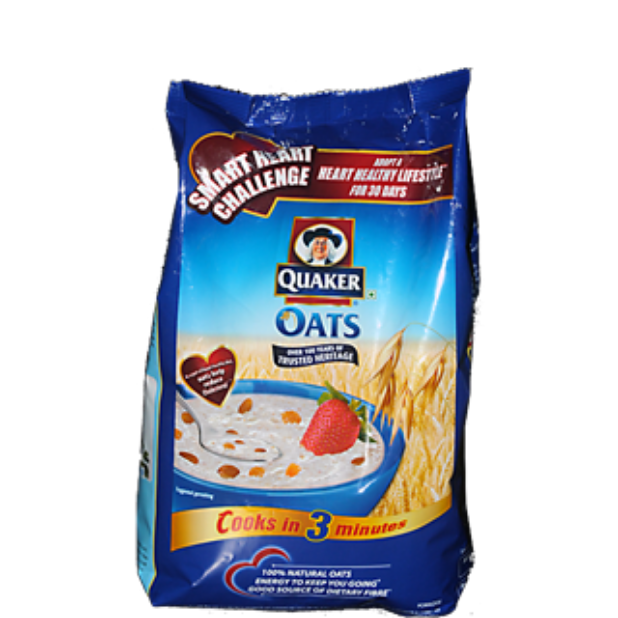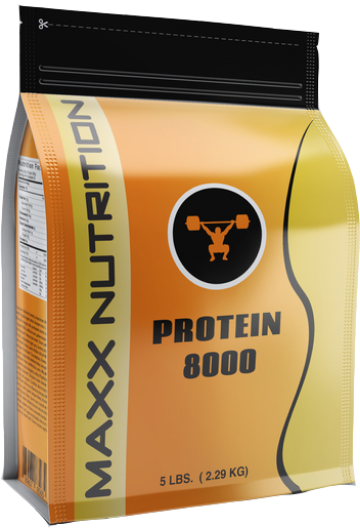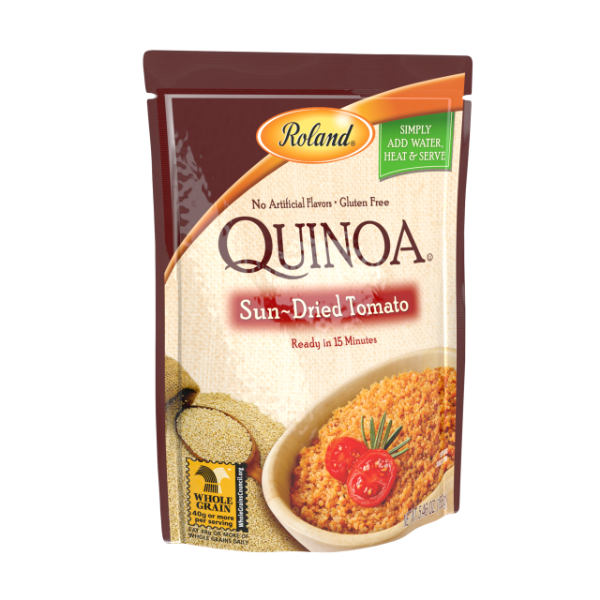Stand up bags are made of multiple plastic layers. The primary raw material for these bags is linear polyethylene resin. The resin consists of granules of polyethylene, which is the most common kind of thermoplastic. (A thermoplastic can be melted into any shape. It retains the shape after it has cooled). These granules are melted together to form a homogeneous material.
This material is then used to form a long tube of polyethylene. A tube can be more than a mile in length, but the fabric it is made from does not even have a width of a tenth of a millimeter. This tube is allowed to cool and a series of rollers flatten it out to make a long strip of plastic. This long strip is then rolled onto a cylinder to make a roll of thin sheet of plastic; finishing the most essential step in the creation of stand up bags.
A typical stand up bag is more complex than it may seem at first glance. The sheet of such a bag consists of several layers which perform different functions. The function of the outermost layer is to protect the packaging and the contents inside. The inner layer is food graded which is designed to keep food contents safe and fresh. The middle layer carries all the advertising. If the outermost layer is not transparent, it has to double up as the guardian layer as well as the advertisement layer. Advertising artwork is done with the help of inks. There are several kinds of inks used. Alcohol based inks are common. Company names, product information, logos, images and other advertising are placed in the middle (sometimes the outermost) layer through ink rollers. The layers are cut down – in width and length – to the desired size and glued together through heat sealing.
Some stand up pouches contain more additional features, such as handle holes and zips. The handle holes are cut into the bags through a stamp. The zip is manufactured separately. It is then heat bonded onto the bags which are then sent out to companies where they use them for coffee packaging, tea packaging, and packaging of other kinds of food.
The use of stand up bags in packaging is increasing in the United States. These bags are fast replacing traditional packaging methods that are bulkier, costly to manufacture, not very consumer-friendly, and eat up a lot of resources to produce.





